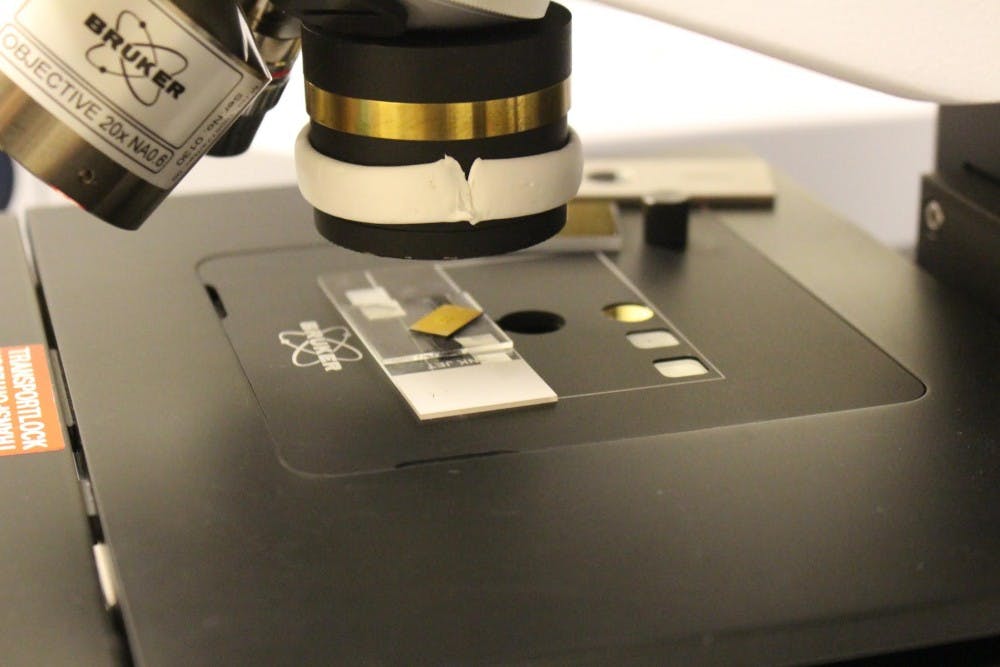In science, a common mantra is "think bigger" — bigger spacecraft, bigger telescopes, even bigger television screens.
But while technology continues to advance, it’s the small things that make the biggest push forward — in nanotechnology, as the tech shrinks, the industry expands.
ASU electrical engineering professor Yu Yao said the innovations nanotechnology can bring to science is what she considers while she's conducting research.
“I’m working on nano devices,” Yao said. “The question I keep asking myself is, 'What can nano bring us?' By shrinking down the size of different elements, how can I achieve a better device or even a device that wasn’t possible before?"
Nanotechnology does not have one single use, Yao said she sees using nanotechnology in mini subsystems to create a more compact final product.
“We’re talking about achieving a certain functionality,” Yao said. “For example, everyone wants to use their smartphone for different functions. If you have a laser or camera in your iPhone, that itself will take space. It’s going to be bulky. But if each individual element is smaller than you can create those different functionalities.”
Yao, who began working with ASU last year, researches optoelectronics, a branch of engineering focusing on light and electronics. Yao said without employing nanotechnology, much of her research wouldn’t be possible.
Yao’s colleague, engineering professor Chao Wang, said the trend of technology getting smaller doesn’t seem to be slowing down.
“On one hand, the build is getting bigger, but on the other, the building blocks are getting smaller," he said. "There’s a lot more we can improve. The semi-conductor industry has been developing for 40 or 50 years, there’s going to be a lot of innovation. We can keep improving the performance.
Shrinking down devices is getting popular in both consumer and research settings. Devices like the Apple Watch or increasingly smaller tablets represent the shift on the consumer side, but the trend is also gaining popularity in space exploration, with the use of CubeSats and other smaller satellites.
Jekan Thanga, an aerospace professor in the School of Earth and Space Exploration, said newer small satellites are changing outer space observation.
“There are positives and negatives to it,” Thanga said. “They consume less power, a lot less power. We can do complex computer calculations with a lot less power. When you require less power, it simplifies things. You need a smaller battery, smaller solar cells, smaller everything else. A challenge is communication. Sending data over 400 kilometers isn’t a problem. But sending them further away, there are no simple ways to do this.”
Thanga said researchers are trying to combat the communication issue by creating spacecraft that can enlarge itself after deployment into space.
Smaller tech is also often cheaper. A traditional lunchbox-sized CubeSat can cost nearly $300,000 to send into space, while Thanga’s new satellite, the SunCube FemtoSat, costs about $1,000 to launch.
Thanga said nanotechnology’s rapid advancement has made many of these innovations possible.
“(It allows us to exploit) miniaturization in technology,” Thanga said. “What we can do in the volume in a 3-centimeter-by-3-centimeter cube, we couldn’t do with space craft that were maybe 10 times that size 10 years ago.”
Reach the reporter at Emmillma@asu.edu or follow @Millmania1 on Twitter.
Like The State Press on Facebook and follow @statepress on Twitter.




